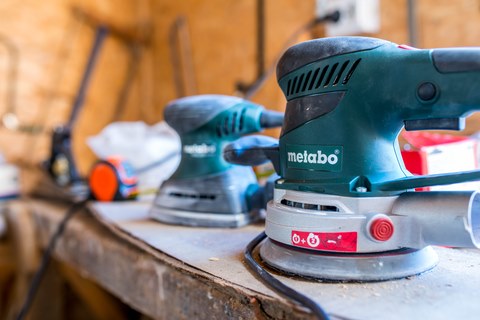Wooden flooring is a great fit for any home. It has the capability of making a room look homely and traditional, but also contemporary and minimalist depending on the type of wood and stain.
Why Choose Wooden Flooring?
- It’s timeless – wooden flooring works with lots of styles and means that you can redecorate without needing to change the floor. Plus, it never goes out of fashion.
- It’s easy to clean – Unlike carpet, a wooden floor is simple to keep clean and care for, especially if you have pets.
- It’s hard-wearing – Wooden flooring doesn’t tend to wear out – whereas a carpet might become patchy after years of use.
Aftercare For Wooden Flooring
While it’s a great choice, you’ll need to provide ongoing care for your wooden floor to keep it looking its best. Scratches can build up quickly from pet claws, furniture moving, or children’s toys, so you need to keep on top of them.
Usually, wooden flooring will have a lacquered surface to keep it looking shiny and fresh. But it’s this surface that can easily be damaged – making scratches noticeable and dull in comparison.
Wooden Flooring Aftercare Tips
Before you immediately grab the polish to try to buff out any scratches, you’ll need to take a look at these tips on how to look after wooden flooring.
Prepping Your Wooden Floor
Clean your floor
Before you start to restore any scratches, you’ll need to make sure that it’s 100% clean. Polishing doesn’t clean the floor; it just adds a protective layer, and you don’t want to be protecting the dust that’s formed.
Choose A No-Rinse Cleaner
Some cleaning agents ask you to mop the cleaner onto the floor and then use a clean mop to wash away the cleaning residue with water. But soaking your floor with cleaner, then again with water can make the wood expand and warp.
Use a no-rinse cleaner and a damp – not wet – mop to remove any dust and dirt.
Pay Attention To Corners
Most people will give their wooden flooring a quick mop over and then get straight to the polish. However, the highest build-up of dust is in the corners of your room which are often missed by your mop.
Wipe around the corners and edges of the room by hand.
Repeat If Necessary
Don’t assume one clean will do the trick. If it still looks dirty – try again.
Choosing Lacquer
Oil, polish, and lacquer are all names for the same thing. They come in matt or satin finishes depending on what type of style you’re going for. The matt look provides a more natural feel to the wood, while satin gives it a nice shine.
Most lacquer is a yellowish colour and may make your wood dry very slightly darker than it was before, so bear this in mind.
To lacquer your floor, you’ll need:
- A paintbrush
- A paint roller with a long handle
- A paint tray
The Steps To Follow
- Pour the lacquer into the paint tray and apply a small amount to your paintbrush.
- Paint around the sides of the room by hand and be careful to avoid the walls.
- Use the roller to paint the rest of the floor with a thin layer.
- Leave to dry for 8 hours.
- Don’t leave any puddles of lacquer – they’ll dry awkwardly and scrape off.
- Don’t walk on the floor for 8 hours after application.
- If there are still visible scratches, repeat the same process to add another layer.
Contact Us
We hope that our blog has been informative, please don’t hesitate to give us a call on 020 8427 6604 or head over to our contact page to fill in our online enquiry form.

